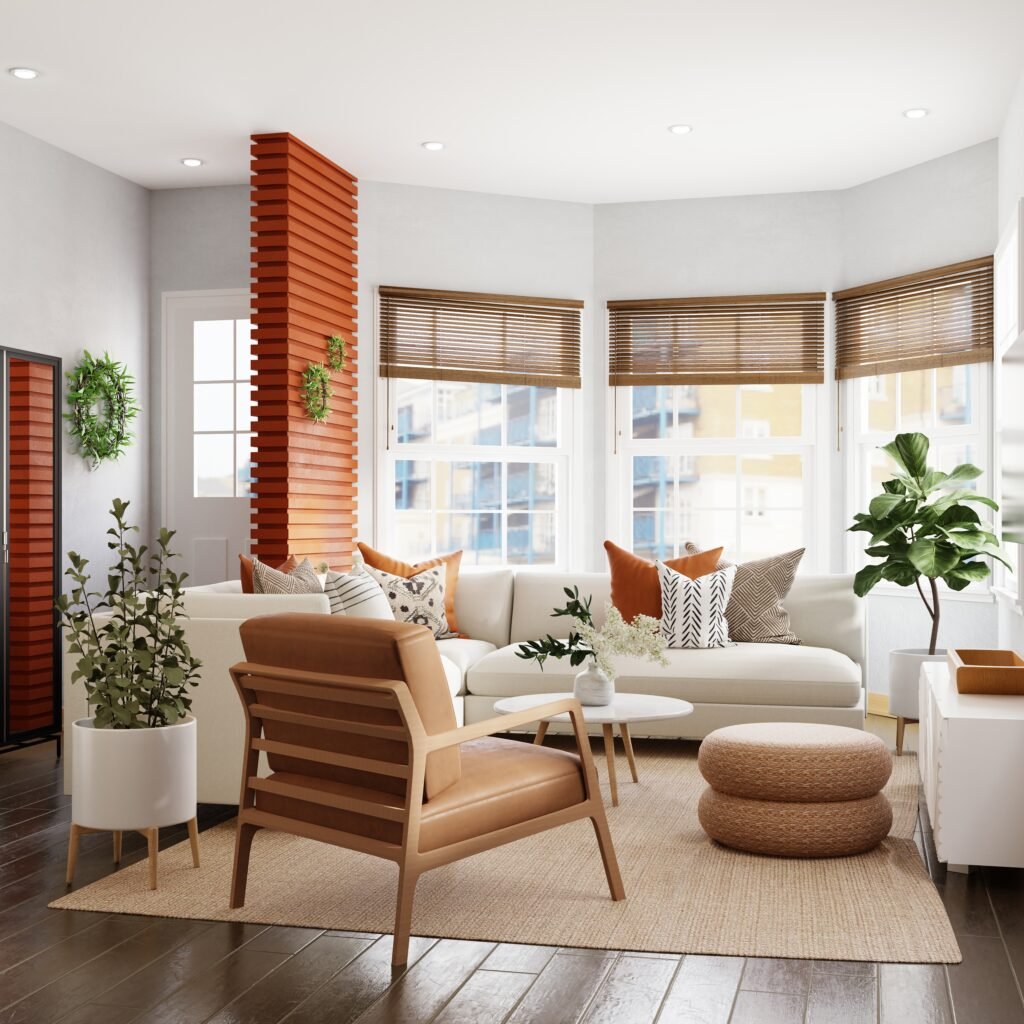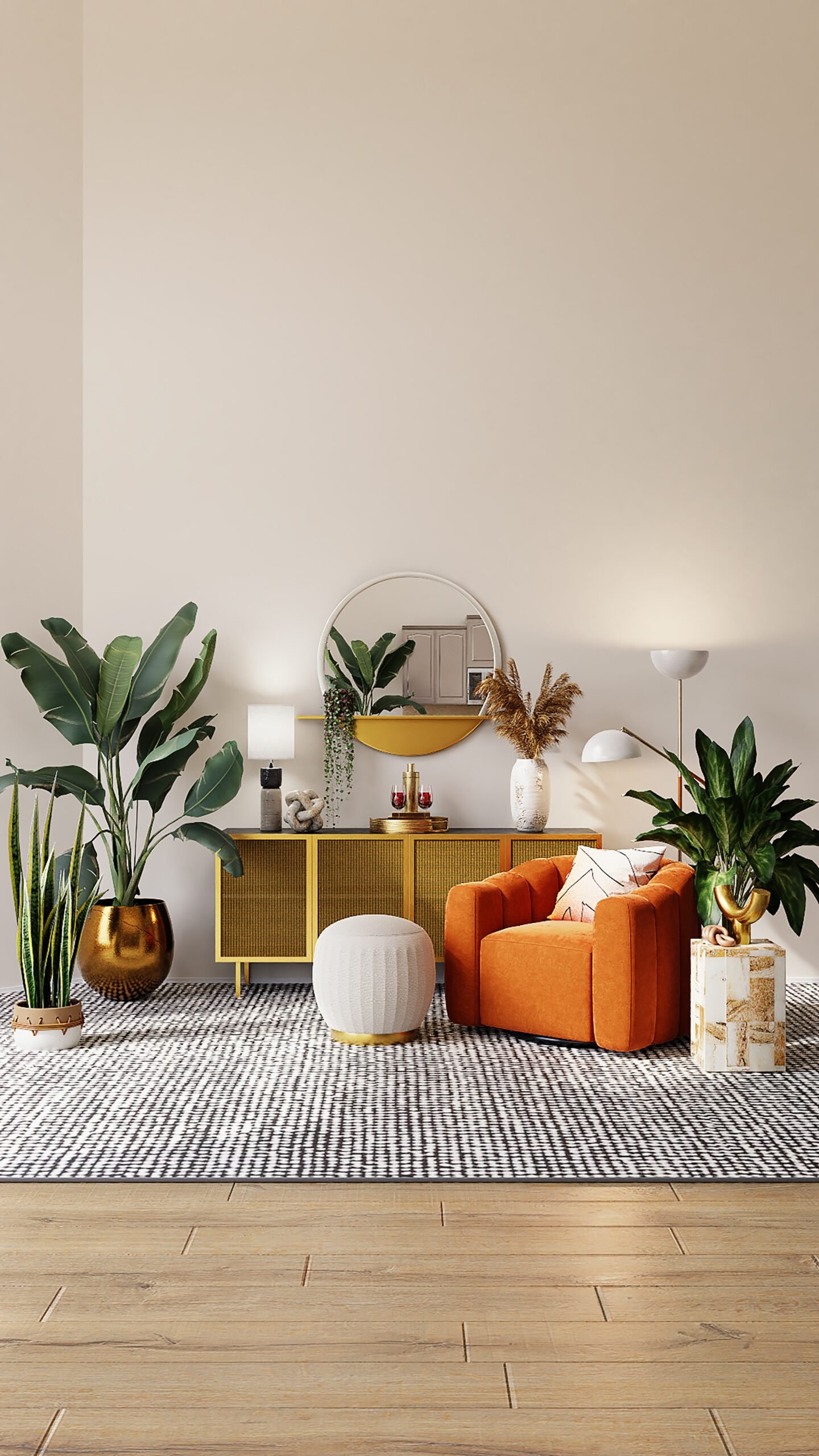Are you struggling to find a cohesive look for your home? Mixing and matching different furniture styles can be a daunting task, but fear not! In this article, we will explore some creative tips and tricks to help you seamlessly blend various furniture styles together. Whether you prefer modern minimalism or classic elegance, we’ve got you covered. Get ready to bring your unique style to life and create a space that is both visually stunning and personally satisfying.

Understanding Furniture Styles
When it comes to creating a cohesive and visually appealing design scheme, understanding furniture styles is essential. By defining different furniture styles and identifying their key characteristics, you can better appreciate the unique features of each style and make informed choices for your own space.
Defining different furniture styles
Furniture styles can vary greatly, ranging from traditional and classic to modern and contemporary, and everything in between. Each style has its own distinct characteristics that define its overall aesthetic. Traditional styles often feature ornate detailing, curved lines, and rich woods, while modern styles lean towards clean lines, minimalism, and sleek materials.
Identifying key characteristics of each style
To effectively mix and match furniture styles, it’s important to have a grasp of the key characteristics of each style. For example, traditional styles may have elements such as rolled arms, tufted upholstery, and intricate woodwork, while contemporary styles often prioritize simplicity and functionality with straight lines and smooth finishes. By familiarizing yourself with the unique attributes of each style, you can better understand how they can work together in a cohesive design scheme.
Establishing a Cohesive Design Scheme
Once you have a clear understanding of different furniture styles, it’s time to establish a cohesive design scheme for your space. This involves choosing a dominant style, determining the desired mood, and considering the room’s function.
Choosing a dominant style
To create a cohesive design scheme, it’s often best to choose a dominant style as a foundation. This style will serve as the main theme throughout the room and can influence the selection of other furniture pieces and decor. For example, if you’re drawn to a more traditional aesthetic, you may choose a traditional sofa as the focal point and build the rest of the room’s design around it.
Determining the desired mood
When mixing and matching furniture styles, it’s important to consider the desired mood or atmosphere you want to create in the space. Are you aiming for a cozy and traditional feel, or a sleek and modern ambiance? By determining the mood you want to achieve, you can make more intentional choices when selecting furniture pieces and accessories.
Considering the room’s function
In addition to the dominant style and desired mood, the function of the room should also play a role in your design decisions. Is it a living room where you entertain guests, a bedroom where you seek relaxation, or a home office where you need functionality? Understanding the purpose of the space will help guide you in selecting furniture pieces that not only look cohesive but also serve their intended purpose.
Creating Balance
Creating balance in your design scheme is crucial for a visually pleasing and harmonious space. This involves balancing contrasting elements, distributing visual weight, and blending colors and patterns effectively.
Balancing contrasting elements
To create balance, it’s important to balance contrasting elements within your design scheme. If you have a bold, statement piece of furniture, consider pairing it with more subdued or neutral pieces to create a sense of harmony. Similarly, if you have furniture with different textures, such as a smooth leather sofa and a plush upholstered chair, strategically place them in the room to balance out the textures.
Distributing visual weight
Distributing visual weight is another important aspect of creating balance in your space. This can be achieved by arranging furniture in a way that evenly distributes visual interest throughout the room. For example, if you have a large, visually heavy piece of furniture on one side of the room, balance it out with multiple smaller pieces on the opposite side.
Blending colors and patterns
Blending colors and patterns is a key component of creating a balanced and cohesive design scheme. Consider the color palette of your dominant style and incorporate complementary or coordinating colors throughout the room. In terms of patterns, choose patterns that have a similar theme or color scheme to ensure they complement rather than clash with each other.
Combining Furniture Styles
Once you have established a cohesive design scheme and created balance within the space, you can begin to combine different furniture styles to add visual interest and personality to your home.
Mixing contrasting styles
Mixing contrasting styles can create a visually dynamic and unique space. For example, pairing a modern, sleek dining table with vintage, retro-inspired chairs can create an eclectic and interesting dining area. When mixing contrasting styles, consider choosing one dominant style and using the other style as an accent or focal point to maintain balance.
Creating harmonious combinations
While contrasting styles can be visually exciting, you can also create harmonious combinations by choosing furniture pieces that share similar features. This can include coordinating materials, complementing shapes, and balancing proportions. For example, if you have a mid-century modern sofa, pairing it with a coffee table that has similar wood tones can create a harmonious combination of styles.

1. Matching Similar Features
Matching similar features in your furniture selection can create a cohesive and harmonious design scheme.
Coordinating materials
Coordinating materials can help tie different furniture pieces together. For instance, if you have a leather sofa, consider adding leather accents on ottomans or chairs. This will create a sense of continuity and complement the dominant style of your space.
Complementing shapes
Complementing shapes is another way to match similar features. If you have a sofa with curved arms, consider incorporating chairs or tables with similar curves. This will create a cohesive flow and prevent any elements from feeling out of place.
Balancing proportions
When matching similar features, it’s crucial to balance proportions. If you have a large and visually dominant piece of furniture, choose smaller complementary pieces to create balance and prevent any one item from overpowering the entire space.
2. Pairing Contrasting Styles
Pairing contrasting styles can add visual interest and create focal points within your space.
Creating focal points
By strategically placing contrasting furniture pieces, you can create focal points that draw the eye and add drama to your space. For example, pairing a modern accent chair with a vintage-inspired side table can create a striking focal point in a living room.
Using transitional pieces
Transitional pieces can help bridge the gap between different furniture styles. For instance, if you have a modern sofa and a traditional coffee table, consider incorporating a transitional rug that combines elements of both styles. This will help create a seamless transition between the two contrasting styles.
Implementing the 80/20 rule
When pairing contrasting styles, it’s important to maintain balance. The 80/20 rule suggests that you should have one dominant style (80%) and one accent style (20%) to prevent the space from feeling overwhelming or disjointed. This way, the dominant style sets the tone while the accent style adds interest and personality.

3. Embracing Eclectic Decor
Embracing eclectic decor allows you to infuse your personal style and creativity into your space.
Introducing unexpected elements
Embrace unexpected elements by incorporating unique, one-of-a-kind pieces into your space. Whether it’s an antique find or a piece of art, these unexpected elements can add character and serve as conversation starters.
Using color to tie diverse styles together
When embracing eclectic decor, color can be your best friend. Use a cohesive color palette that ties together the different furniture styles and creates a sense of unity. This can be achieved through accessories, accent walls, or artwork.
Adding personal touches
Adding personal touches is key to creating a space that feels like home. Display family photos, travel mementos, or sentimental objects that reflect your personality and interests. These personal touches will make your space truly unique and create a sense of warmth and familiarity.
4. Cohesive Color Palette
Choosing a cohesive color palette is essential in creating a harmonious and unified look in your space.
Choosing a color scheme
When selecting a color scheme, consider the dominant style and desired mood of your space. Opt for colors that complement each other and create a cohesive flow throughout the room. Whether you choose a monochromatic, complementary, or analogous color scheme, ensure that the colors work well together.
Using neutral tones as a base
Neutral tones serve as a great base for any design scheme. They provide a calm and versatile backdrop that allows you to layer in different furniture styles and pops of color. Use neutral tones for larger furniture pieces or walls, and then incorporate accent colors through smaller pieces and accessories.
Accentuating with pops of color
Pops of color can add visual interest and personality to your space. Use vibrant or bold colors sparingly through accent chairs, pillows, rugs, or artwork. These pops of color can highlight specific furniture pieces or create focal points that inject energy into the room.
5. Harmonizing Patterns and Textures
Mixing patterns and textures is an effective way to add depth and visual interest to your space.
Mixing patterns
When mixing patterns, ensure they share a similar color palette or theme. Patterns such as stripes, florals, and geometric prints can work together if they have coordinating colors or a cohesive style. Start by incorporating one or two patterns and gradually add more to create a balanced and visually appealing space.
Balancing visual textures
Visual textures, such as rough or smooth surfaces, can create depth and tactile interest in your space. Balance different visual textures by complementing rough textures with smooth ones. For example, pair a leather sofa with a velvet chair to create a pleasing contrast between the two textures.
Incorporating different fabric types
Incorporating different fabric types can also enhance the overall design scheme. Mix fabrics such as linen, velvet, or leather to add visual interest and texture. Consider how the chosen fabrics align with your furniture styles and color palette to create a cohesive and harmonious look.
6. Gestalt Principles of Design
Applying the Gestalt principles of design can elevate your space and create a visually pleasing environment.
Applying the principle of similarity
The principle of similarity states that elements that are similar in shape, color, or texture tend to be perceived as belonging together. Use this principle to group similar furniture pieces or accessories to create a sense of unity within your space.
Utilizing the principle of proximity
The principle of proximity suggests that objects that are close to each other are perceived as belonging together. Arrange furniture pieces and accessories in a way that encourages visual connections and creates a cohesive flow throughout the space.
Using the principle of continuity
The principle of continuity emphasizes the importance of continuous flow and uninterrupted lines. Incorporate this principle by arranging furniture and decor items in a way that allows the eye to effortlessly move through the space. This can be achieved by aligning furniture along an imaginary line or using patterns that create a sense of continuity.
By understanding different furniture styles, establishing a cohesive design scheme, creating balance, combining furniture styles, and harmonizing colors, patterns, and textures, you can confidently mix and match different furniture styles in your home. Remember to embrace your personal style and add personal touches that make the space truly yours. With these principles and guidelines, you’ll be well on your way to creating a beautifully curated and visually appealing space that reflects your individuality and taste.

